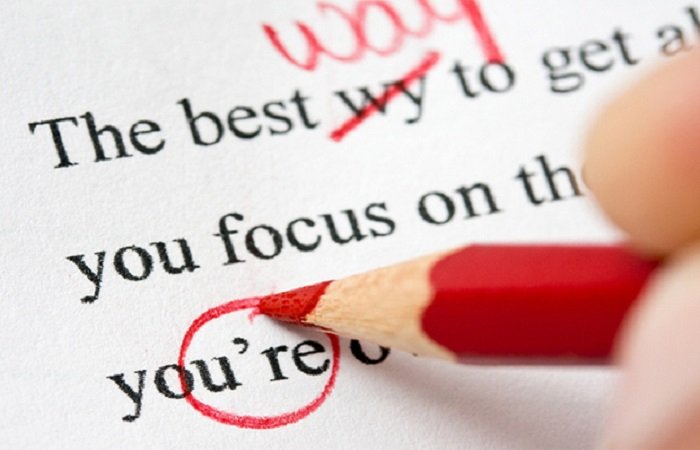A common belief is that translators can proofread their own texts due to their language and linguistic skills. However, this is often not the case as translators become ‘blind’ to their own mistakes. No matter how many times they read a text, they may not spot every error.
Working with a translation agency will probably mean that another translator or proofreader will check your translation. However, if you work with direct clients, there may not automatically be another pair of proofreading eyes.
Proofreading your own translation
Whether it is you or someone else who is going to be doing the final proofread, you should always make your target translation text as error-free as possible. Some tips of the trade below should help you proofread your own work:
Take a break
The first rule of proofreading your own translation is to take a break before doing it. Proofreading straight after you have completed a translation will heighten the risk of you missing your errors. You need to leave the text for a while and come back to it with fresh eyes.
Different format
Reading the translation in a different format can make you see mistakes that you haven’t noticed on screen. Printing out a hard copy and marking up with a pen is one option, but changing the size, color or font of the document is also useful.
Don’t rely on spellcheckers
Spellcheckers will only pick up on spelling mistakes, but won’t highlight when you have accidentally used a wrong word. ‘Fact’ can easily become ‘fat’ and ‘from’ often becomes ‘form’ when typing quickly.
Search and replace
The search and replace function is an effective tool for finding a variety of errors. All translators make the same repeated mistakes, often in the form of a typo, writing ‘teh’ instead of ‘the’ or adding in spaces to words turning ‘to this’ into ‘tot his’. Using search and replace is a good way of finding your common mistakes, as well as highlighting double spaces, and also checking any numbers, digits, place names or business names that must be 100% accurate.
Using Playback
Using a program to play back your text to you is an excellent option. Mistakes that you have not spotted will become very clear to you when you hear them out loud.
Point at the words
If you decide to print off your work to proofread it in hard copy format, simply pointing your pen at the words will focus your eyes and brain more and will make it easier to pick out any problems.
Reverse reading
Master the skill of reverse reading – literally read each word from the last to the first. This will make you concentrate on the words rather than the content.
Find a proofreading buddy
Teaming up with a fellow translator as a proofreading buddy is a cost-effective way of having someone else look over your work. A reciprocal arrangement will mean you both benefit.
Highlight errors in the source text
Having studied a language for many years, you will be able to spot any errors in a source text. Make a note of them and highlight them to the client. It’s a nice touch and will make them more forgiving if a couple of your errors do slip through!
Not all the above techniques will work for all translators, so the best way is to try a few out and find which ones suit you. Proofreading is an essential part of translation and these tips will help towards you creating error-free texts.




